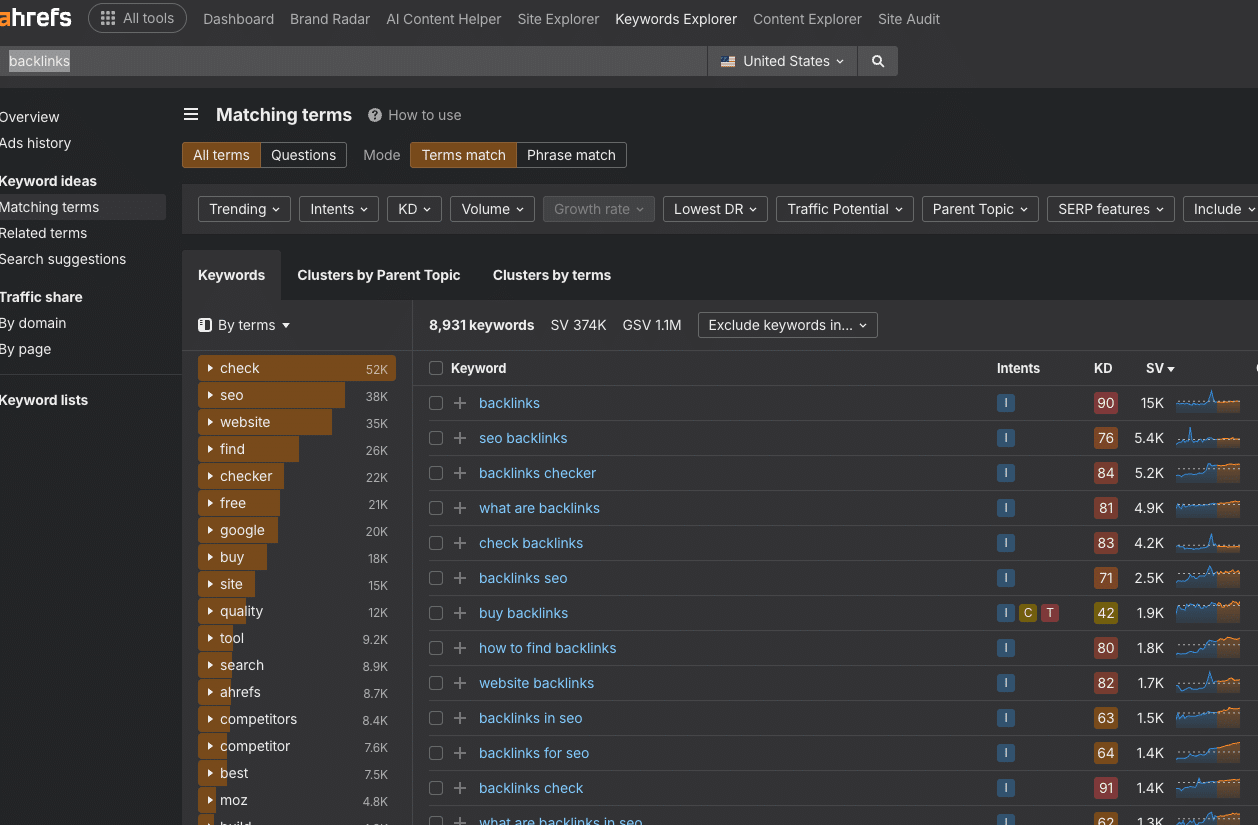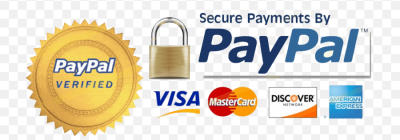Introduction
Every website owner eventually stumbles upon the same frustrating realization. You can write great content, optimize your pages, and even design a gorgeous site, but without backlinks, your site will struggle to grow. Search engines rely heavily on backlinks as votes of trust. If other sites point to yours, Google assumes you’re credible. Without those votes, you can end up buried under a pile of competing sites.
I learned this the hard way. I built a nice-looking site with polished content, but no one visited because no one linked to it. My traffic graph looked flatter than a pancake, and honestly, pancakes at least get syrup. So the question becomes: how do you actually get those precious backlinks? And, more importantly, how do you do it in a way that doesn’t feel like spamming the entire internet? Let’s break it down step by step.

Why backlinks matter more than you think
Backlinks are the backbone of SEO. Search engines use them to decide whether your content deserves attention. Think of them as digital recommendations. A backlink from a respected site tells Google that your site is trustworthy and worth ranking. Without them, even the best-written article can fade into obscurity.
Another reason backlinks matter is traffic. When someone clicks a link on another site and lands on yours, that’s referral traffic. This is not only free but also high intent, because the visitor is already interested in the subject. That visitor could turn into a customer, a subscriber, or a loyal follower. It’s like free advertising without the creepy tracking pixels.
I used to think content alone would do the heavy lifting. Wrong. Content without backlinks is like shouting in an empty stadium. You may be screaming your best speech, but no one is there to hear it. Backlinks are the microphone, the speakers, and the audience combined.
Start with content that deserves a backlink
Nobody wants to link to thin, boring content. You need assets that people naturally want to reference. Think guides, tutorials, infographics, research studies, or tools. If your page provides unique value, links often come as a natural byproduct.
For example, I once created a simple calculator tool that solved a niche problem. Within weeks, other blogs and forums started linking to it. Why? Because it saved them time explaining the process. That one small project brought me more backlinks than ten long blog posts combined. Lesson learned: build things that solve problems.
Not every piece of content will attract links. But if you consistently create resources that people in your industry need, you increase your odds. If your article is the one people reference when they explain something, the links follow. Sometimes it’s not about writing more but about creating something people can’t ignore.
Outreach: the part everyone hates but works anyway
Let’s be real. Outreach feels awkward. You’re basically emailing strangers and asking for a favor. But if done correctly, it works. The trick is to make your message personal, relevant, and not sound like a template.
Start by identifying sites that already mention topics related to your content. Use tools like Ahrefs, SEMrush, or even plain old Google search. Then, craft a short email explaining why linking to your resource helps their readers. Keep it simple. Don’t overexplain or beg. Just show value.
I’ve sent hundreds of outreach emails. Some never reply. Some politely decline. But a good percentage do say yes, and those yes responses add up. I’ll be honest though: if you send a generic “Dear Webmaster” email, expect it to land in the trash faster than yesterday’s spam folder promotions.
Guest posting: still alive and kicking
Guest posting has been declared dead more times than disco, but it’s still one of the most reliable ways to get backlinks. The idea is simple: you write a valuable article for another website in your niche, and in return, you get a link back. Everyone wins.
The key is quality. Don’t pitch irrelevant sites or low-quality blogs. Target websites with real audiences. And make sure your guest post is better than the content they already have. Editors don’t want fluff. They want something that will attract traffic and engage their readers.
I once landed a guest post on a well-known industry site. That single link didn’t just boost my SEO—it also sent me direct traffic that converted into paying customers. Guest posting isn’t just about SEO. It’s about building authority and relationships. Plus, it feels good to see your name on a respected platform.
Broken link building: fixing the internet, one page at a time
Here’s a fun strategy: find broken links on other websites and suggest your content as a replacement. Everyone wins here. The website owner fixes a dead link, and you get a backlink.
How do you do it? Use tools like Check My Links (a Chrome extension) or Ahrefs to find broken links in your niche. Then politely email the site owner and let them know. Offer your page as a replacement. If you don’t have the right page, create one.
This approach works because you’re helping. Nobody likes having broken links on their site. You’re not just asking for a link—you’re solving a problem. And people usually appreciate that. Think of it as digital karma.
HARO and journalist requests
Help A Reporter Out (HARO) is a goldmine for backlinks. Journalists post questions, and if you answer with useful insights, they might feature you in their article with a link.
I’ve personally landed mentions in major publications using this method. It’s free, though competitive. You need to respond quickly and provide real value. Generic or lazy answers get ignored. But if your pitch stands out, you can score high-authority links that are nearly impossible to get otherwise.
One quick tip: keep a template ready for your bio and website link, so you don’t waste time typing when deadlines are tight. Journalists move fast.
Directories and niche communities
Now, let’s be clear. Spammy directories don’t help anymore. But niche-specific directories still have value. If you run a local business, get listed on local directories. If you run a SaaS tool, find industry-specific listings.
The same goes for forums and communities. Being active in your niche communities can result in organic backlinks. Just don’t overdo self-promotion. Answer questions, provide value, and link only when it genuinely helps.
I once answered a detailed question in a community forum and casually dropped a link to one of my guides. That link still sends traffic years later. Sometimes small actions can snowball into long-term results.
Creative methods that people often overlook
Beyond the common strategies, there are creative ways to attract backlinks:
-
Create original research – Surveys and studies get cited all the time.
-
Design infographics – People love sharing visuals, especially if they explain something complex.
-
Offer testimonials – Companies often link back when you write a testimonial about their product.
-
Run contests or giveaways – Bloggers love to write about them.
-
Launch free tools or widgets – Developers and bloggers link to useful tools naturally.
I once wrote a brutally honest review about a tool I used. The company ended up linking to my review on their official site. Sometimes being straightforward pays off.
Things you should never do for backlinks
Temptation is real. You’ll see offers to buy hundreds of backlinks for cheap. Avoid them. These schemes often use spammy sites and can get your website penalized.
Also, don’t fall for link farms. These are networks of low-quality sites that link to each other. Google can spot them a mile away. Once your site is flagged, it’s hard to recover.
I’ll admit I experimented with buying cheap links in my early days. The result? Rankings tanked, and I had to spend months disavowing bad links. Save yourself the headache and focus on quality.
Building relationships instead of chasing links
Backlinks often come as a byproduct of relationships. If you build genuine connections with other site owners, bloggers, or influencers, the links follow naturally.
Attend industry events, participate in online discussions, or collaborate on projects. When people know and trust you, they’re more likely to link to your content without you even asking.
One of my best backlinks came from a friend I met at a conference. Months later, he cited my article in his company blog. I didn’t even know about it until I saw the traffic spike. Relationships pay off in ways you can’t predict.
List: Quick backlink strategies you can try this week
-
Pitch three guest post ideas to relevant blogs.
-
Sign up for HARO and respond to one journalist request daily.
-
Audit five competitor backlink profiles to find new opportunities.
-
Write one testimonial for a tool you use.
-
Reach out to two sites with broken links and suggest your content.
Try these for a week and see what happens. Momentum builds fast once you get your first few links.
Patience is part of the process
One thing many beginners underestimate is how long it takes. Backlinks don’t appear overnight. Even with consistent effort, you may only see results after weeks or months.
I know patience isn’t fun. I hate waiting as much as anyone. But SEO is a marathon, not a sprint. Think of every backlink as planting a seed. It may not bloom immediately, but with time, your garden will grow.
Conclusion
Getting backlinks for your website isn’t easy, but it’s not impossible either. With the right mix of strategy, creativity, and persistence, you can build a backlink profile that boosts your visibility. Start with strong content, reach out genuinely, and look for opportunities where you can provide value.
Remember: backlinks are not just about SEO. They’re about building authority, credibility, and connections. If you focus only on numbers, you’ll miss the bigger picture. But if you approach it as building long-term relationships and assets, the links will come naturally.
And if all else fails, bribe people with cookies. Just kidding. Well, mostly kidding.








